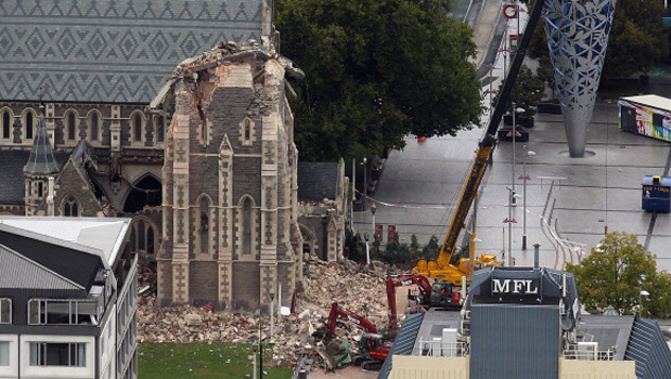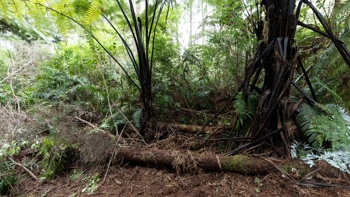
Five years on from the day on from the day Christchurch was hit by a devastating and deadly 6.3 magnitude earthquake industry leaders are taking stock of how far they have come.
The Earthquake Recovery Minister said the hardest part of the Canterbury rebuild is behind them.
Gerry Brownlee said Christchurch residents have had to endure a seismic sequence, unlike any that's unfolded in an urban centre anywhere in the world.
But everything is looking on the up from here on out, he said.
"We've just got to holdfast and see it through, and we will be very pleased in another five years with the results that have been achieved."
The Stronger Christchurch Infrastructure Rebuild Team's 2.7 billion dollar quake-rebuild programme is on track to be completed by the end of the year.
Since the 2011 earthquake wrecked havoc on the region, SCIRT has been out in full force - repairing roads and horizontal infrastructure.
Ian Campbell said everything has gone according to plan.
"We have repaired or replaced more than 650 kilometres of underground pipes to date, 80 percent of our roading programme, which amounts to more than 1.34 million square metres of replacement or repair."
This is the last earthquake anniversary before CERA goes out of existence and it is set to be an occasion for staff to reflect.
Acting CEO John Ombler said staff have a lot to be proud of.
"Looking back over the last five years there's been a huge amount achieved, and I think the staff of CERA can reflect on that with a great deal of satisfaction."
Many staff have already moved on to other rebuild organisations, and the rest will leave by April, when Regenerate Christchurch to take over the majority of responsibility for the rebuild.
Ombler said there's still some unfinished business, but the move towards a more locally led rebuild is entirely appropriate.
Meanwhile, the insurance industry says it's fully aware it still needs to win back people's trust, but frustration aimed at them is not all valid.
Insurance council CEO Tim Grafton said insurers usually wear the blame for any delay, but sometimes there are other factors involved behind the scenes.
"If you have a consenting process collapse at the local council half-way through the recovery, then that's something that slows down your repair and your rebuild because no inspections are taking place."
EQC's boss admits the organisation could have been more realistic in its setting of timeframe's following the 2010 and 2011 earthquakes in Canterbury.
Ian Simpson is backing the progress EQC has made since that time, but admitted there had been some important lessons.
He said better communication around expected claim times was one example.
Take your Radio, Podcasts and Music with you









